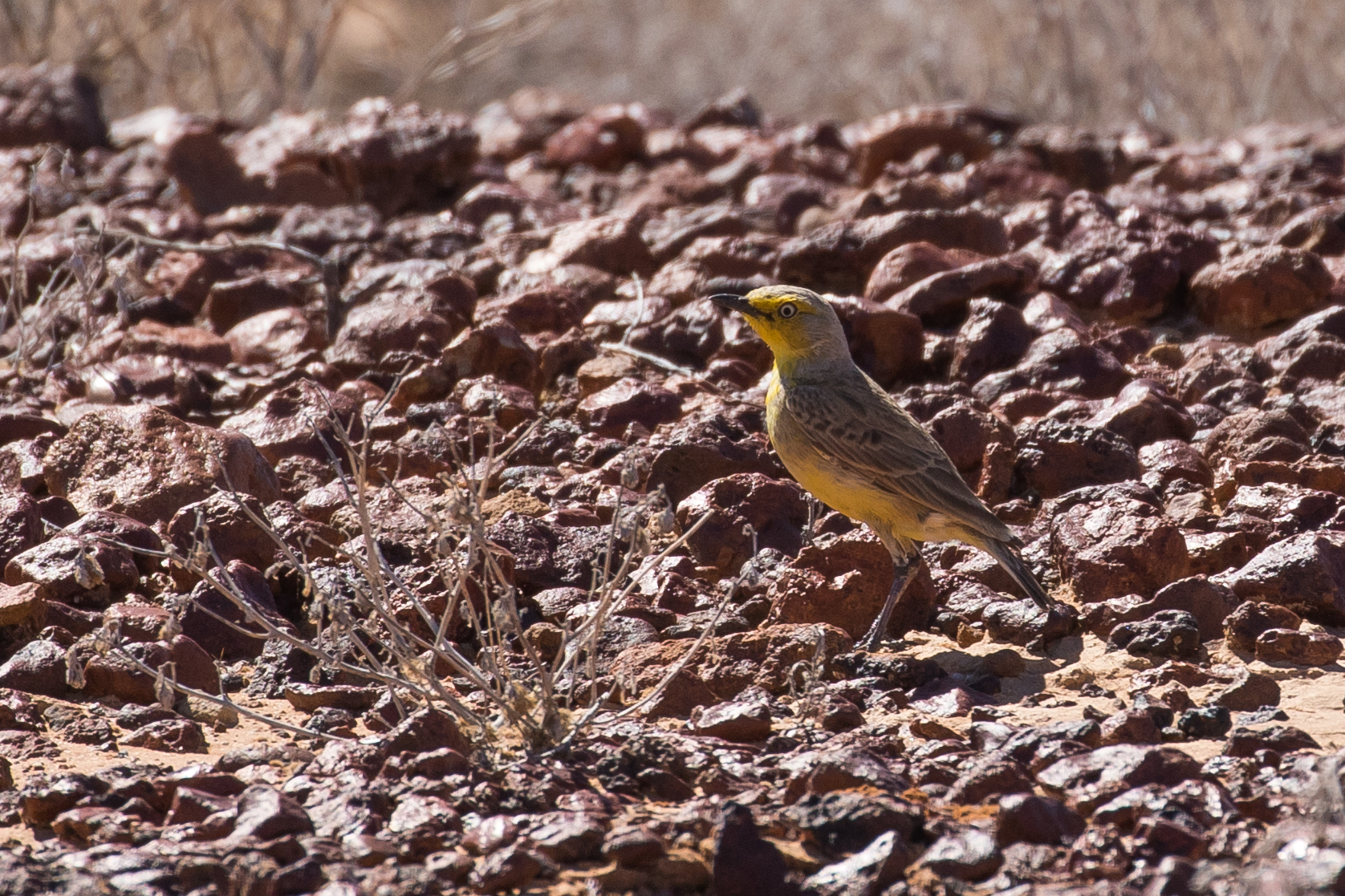Day 4 km91 to Mungerannie
The following morning we returned to the km91. As I exited the car, movement caught my eye as a bird dropped from near the top of a lignum bush to the ground and out of sight. For 20 seconds or so we both heard wren-like squeaking, and then it went silent. For the next 3 hours we wandered around the lignum, seeing and hearing the occasional White-winged Fairywren, but not much else. Not far away from suggesting to Paul we knock it on the head, I found myself in a spot of unpromising dead-looking lignum by a dried-up pond, chasing yet another faint rattling alarm call. This one sounded a bit different form the White-winged Fairywrens, but I assumed Variegated. It seemed to be coming from a lignum about 6m in front of me, but then about 10m away at the base of another lignum I saw movement, swung my optics into action and focused, gloriously, on a pair of stunning Grey Grasswrens, the distinctive facial pattern drawing all of my attention for those wonderful, relieving, few seconds.
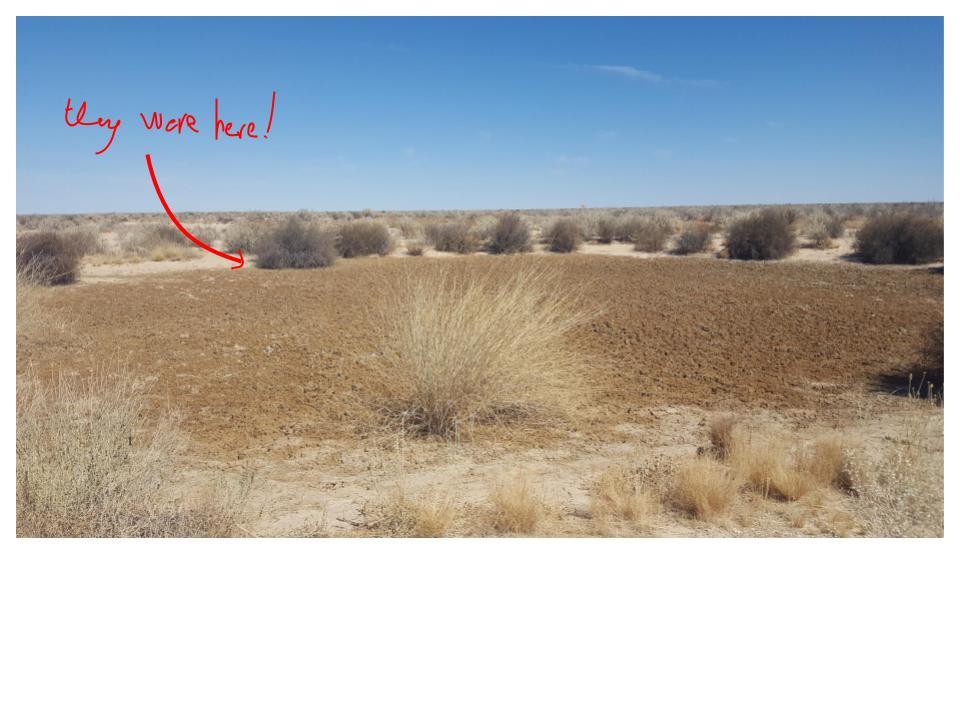
My first instinct – being the true collegial fellow I am – was to call out and attract Paul. But we had split up and Paul was some 50m away so, my next thought was “grab a record shot while you can”. No sooner had I reached for the camera by my side than they they dashed back into cover and I never saw them again.
I now managed to get Paul’s attention and he came rushing over. We could hear at least one bird still in the dead bushes by the pond edge, but it was deep in the lignum and clearly aware of our presence. After 5 mins it went silent and it became apparent that both birds had managed to slink off without us seeing. Me wanting better views, and Paul wanting any view at all, we resumed the search, splitting up and fanning out again. After another hour I was ready to give up again, and mighty relieved when Paul returned with excellent news – he’d had one briefly rushing from one lignum to another. Not the views you dream about, but unequivocally identifiable and therefore tickable!
We were ready to begin the long journey home, but first indulged in a jelly snake each to celebrate the final main lifer target of the trip.
The trip back to Mungerannie was largely uneventful, as we were covering the same ground as the previous day. We saw a few more Gibberbird (now, of course, that we had nailed one, we were swerving to avoid them every few km on the way back – almost).
At the Warburton Crossing turnoff – basically the entrance to the Simpson Desert Regional Reserve – we considered driving the 7-8km along the track to check it out, but a deteriorating track, lack of sand flag and desert parks permit (both compulsory) discouraged us.
At a site recommended by the Harpers and Andy we stopped hoping to find the Thick-billed Grasswren they’d glimpsed (apparently an isolated population o fthe indulkanna race). We were unsuccessful, but did find 3 Cinnamon Quail-thrush.
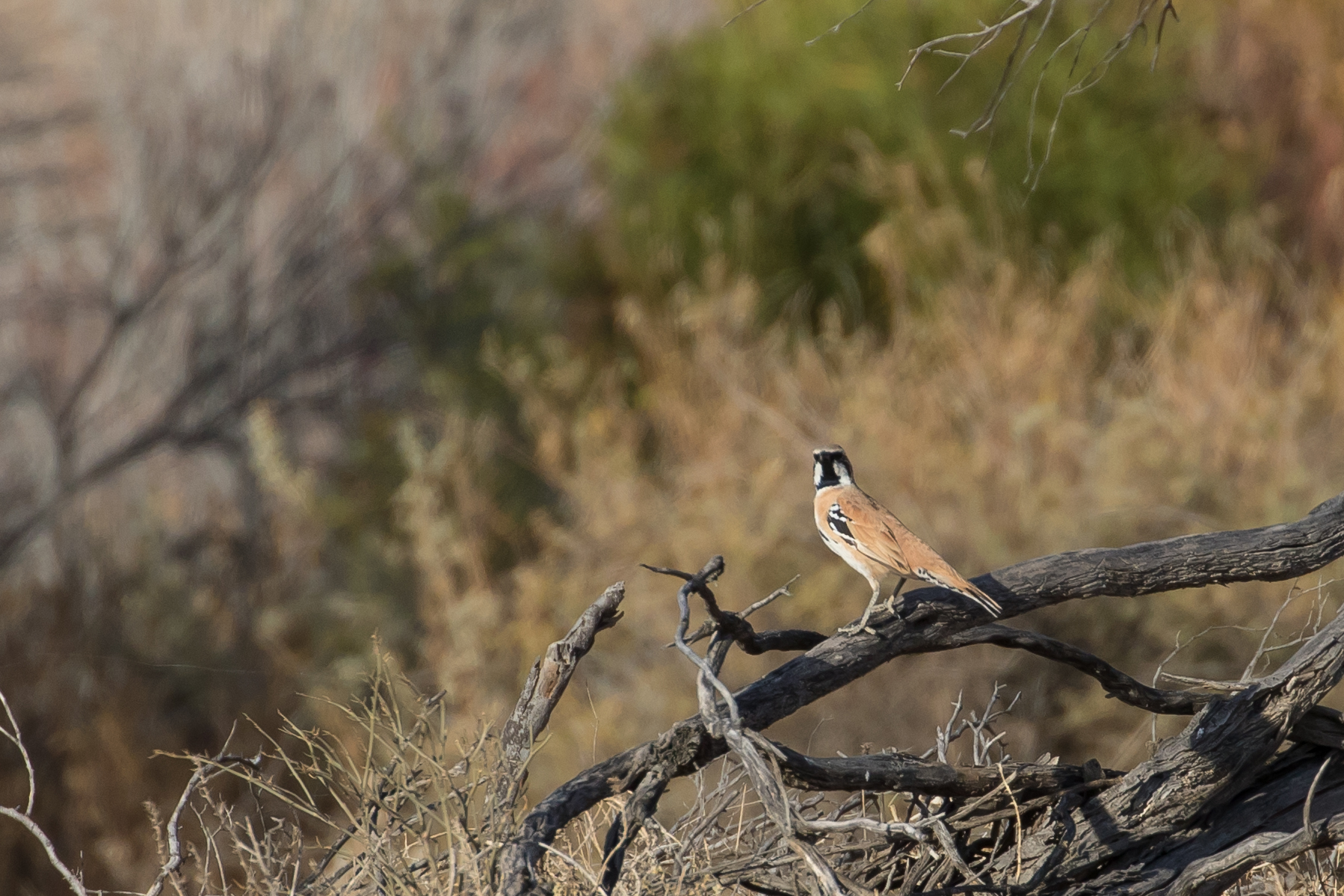
Arrival at Mungerannie with no new species at about 16.30 gave us a chance to make camp and then go for an evening drive back up the Kalamurina/Cowarie Rd that had been so productive the day before. We managed to find Banded Whiteface again at the same spot as yesterday, about 1km before the tower. It posed nicely and Paul was able to rectify yesterday’s mistake and bag some decent photos.
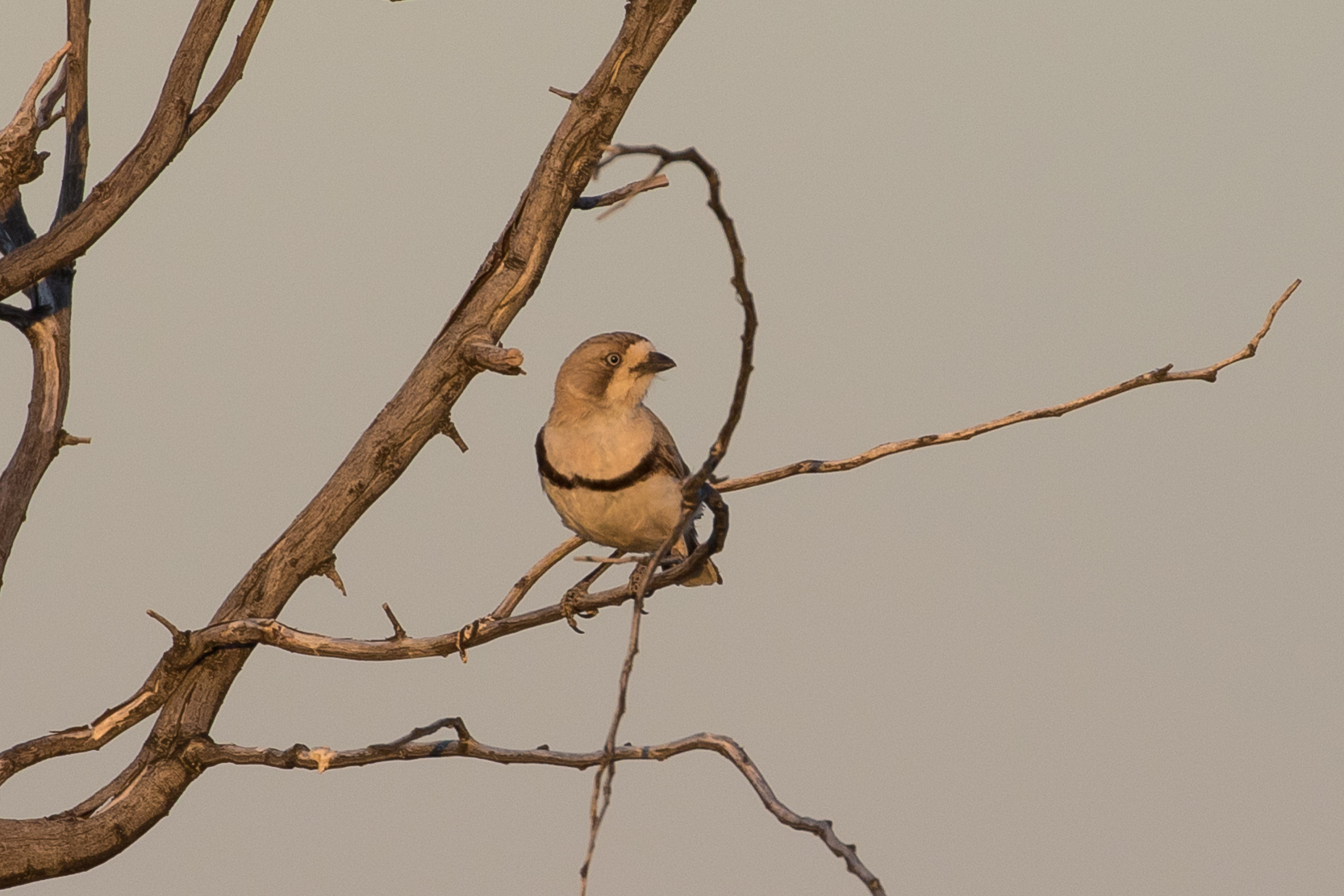
Back at Mungerannie we decided not to cook tonight and grabbed a few beers (actually, Paul may have gone hi-brow and ordered a glass of white wine…) and a schnitty in the pub. I shot the breeze with the publican for a while and he showed us a video from David Gemmell of a Grey Falcon catching a budgie, filmed somewhere up on Cowarie Stn – awesome! (Also nice to see a credit at the end of the video to one Chris Steeles :-)).
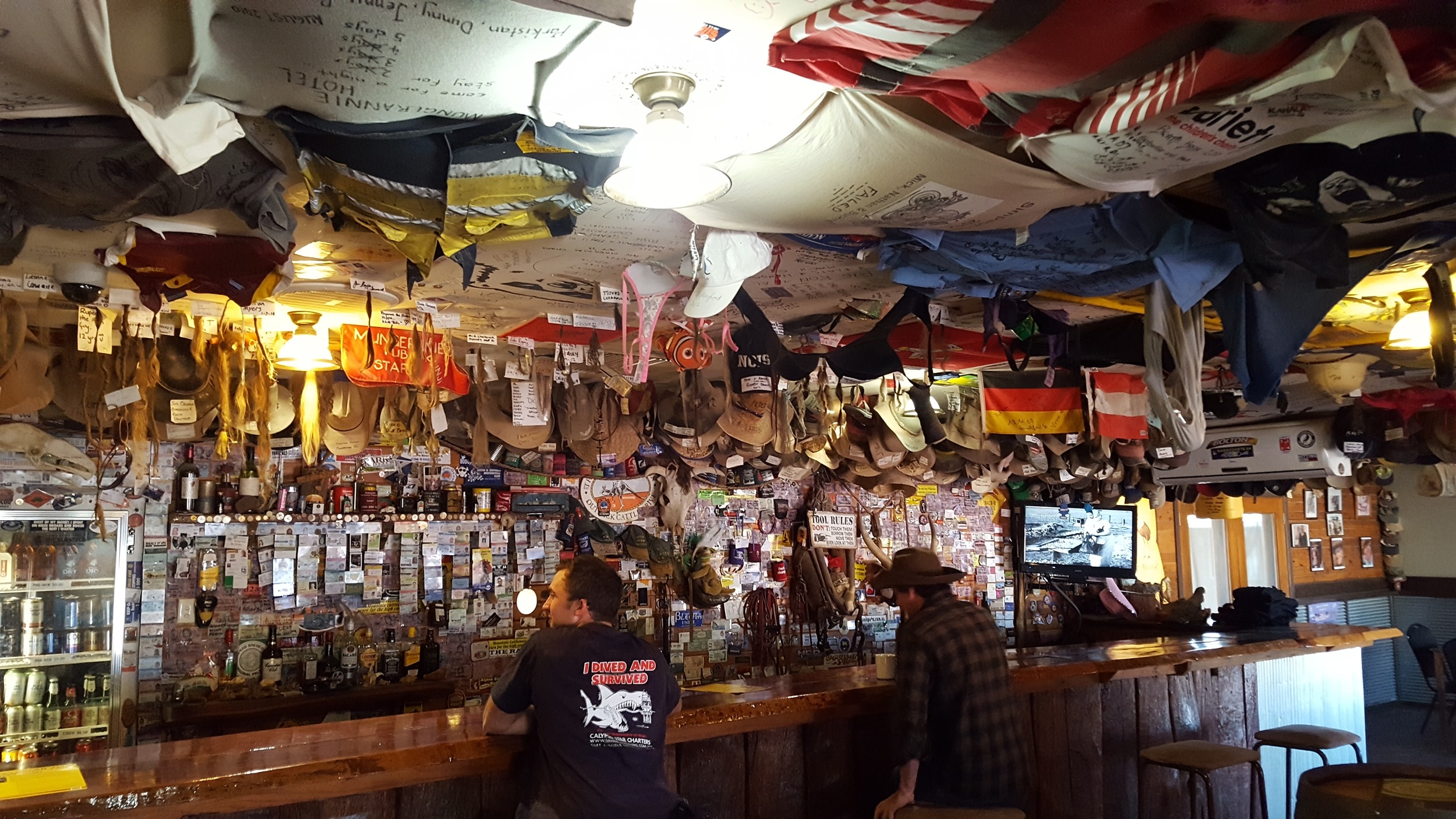
After a few cold nights, it was much warmer tonight, and I left the canvas top rolled back on the swag so I could look up at the Milky Way as I dozed off.
Day 5 Mungerannie to Farina
The day began with a walk around the Derwent “River”. Apparently this used to be quite a hot-spot, but these days the bore flow is restricted, there is not a lot of water, and so fewer birds. There were still a few nice birds here, though, including a Yellow-billed Spoonbill which was new for the trip, and our best views of White-breasted Woodswallow, some cracking White-backed Swallows and a few Bluebonnets.
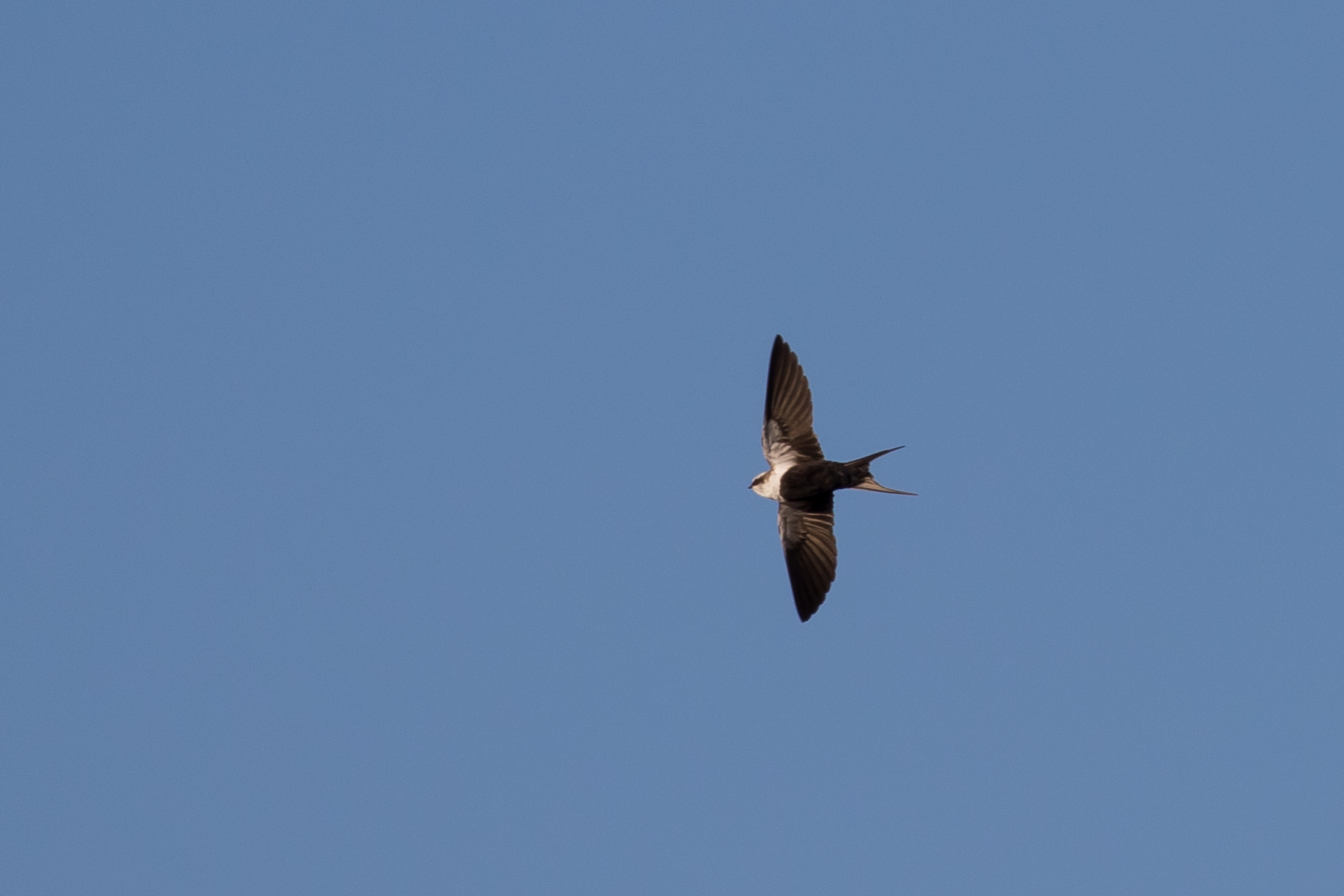
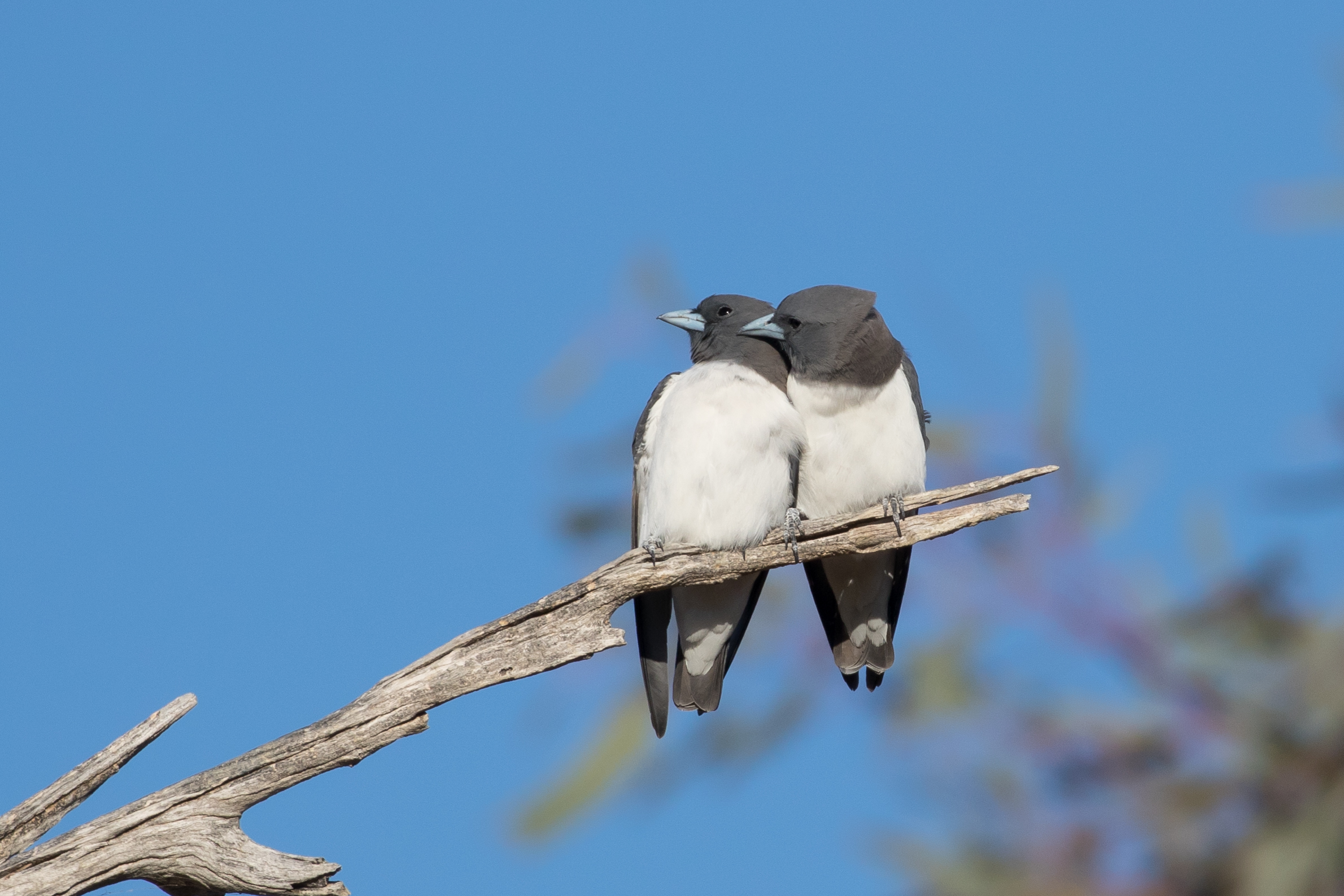
We walked through the dunes hoping for Eyrean Grasswren but came up blank and didn’t pursue it with a lot of vigour — we’d seen it already! A huge variety of fresh tracks in the dunes made us regret not coming out spotlighting the night before. A little further south in the same dune system just after we had departed Mungerannie, we did unequivocally hear an Eyrean Grasswren, but could not locate it.
A few km further south, on a whim I turned off left onto a track that led out into the gibber. We didn’t see much on the 2-3km drive to the base of the dunes, but on the way back we scored with our best views yet of Gibberbird, as well as a few Orange Chat, a Pipit and 6 Inland Dotterel.




A few more stops yielded very little until we stopped for a spot of lunch at the Cooper Crossing campground. Here a leaky pipe was attracting large numbers of Zebra Finch, and we found more Bluebonnet, Black-faced Woodswallow, a Red-browed Pardalote and a Little Eagle.
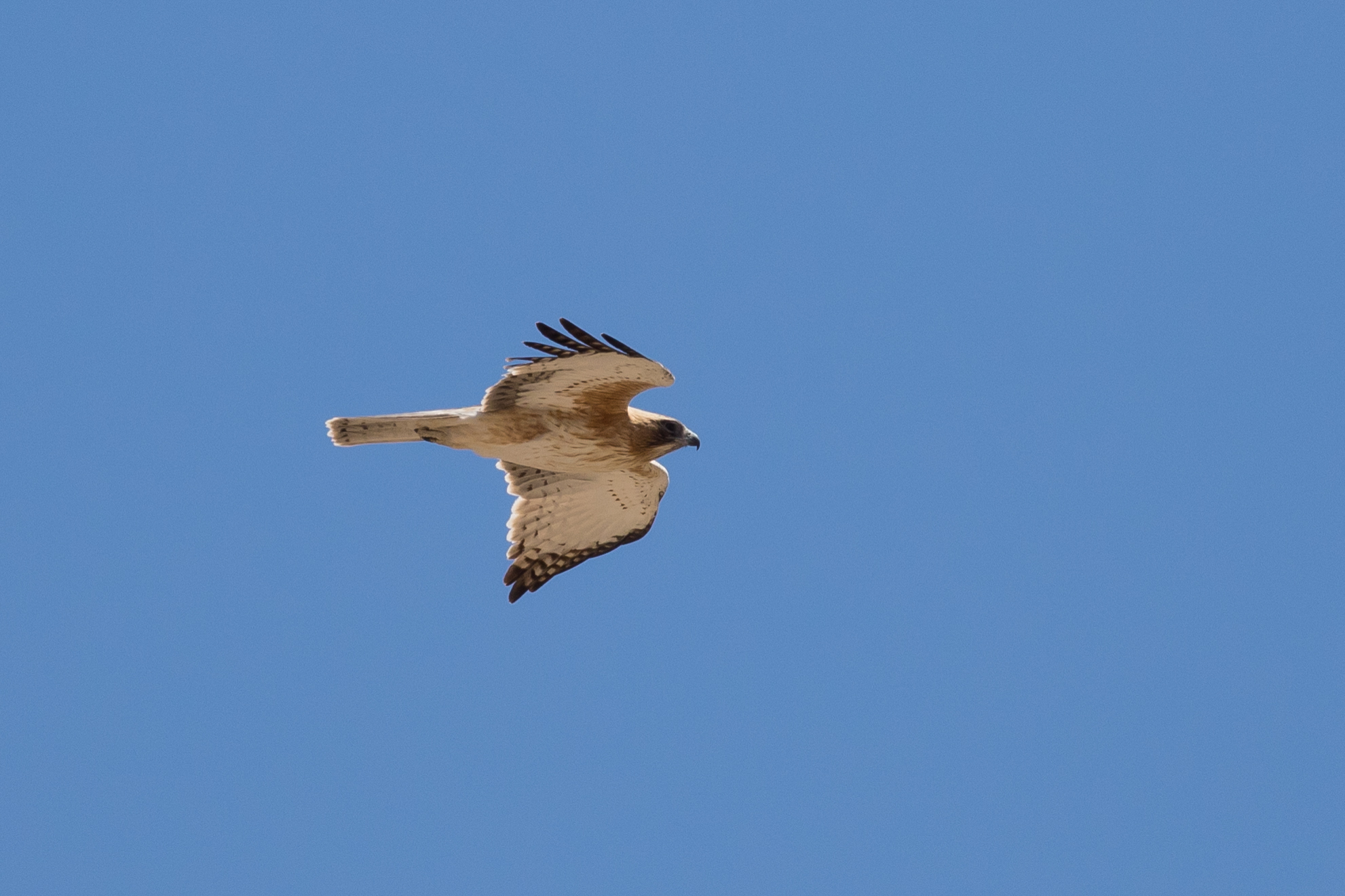
We were somewhat half-hearted in our post-prandial birding. I stopped at one or two more dunes hoping for Grasswrens but didn’t spend more than 10-15 mins, though at one stop we were rewarded with a fly-by of a Black Falcon.
At Marree we refueled, then carried on to Farina for the night. We were fortunate to arrive just at the moment the Black-breasted Buzzards decided to swap over brooding duties, and then witnessed a stunning sunset as we cooked up the last of our pasta. I had my best and most comfortable sleep in the swag.

Day 6 Farina to Adelaide
We had a stunning start to our final day. As I made a cup of tea a Little Eagle soared over, flushing a flock of Budgies from the tree above our camp. A short while later a Black Kite drifted in and landed above our tents, then it in turned was spooked by a Black-breasted Buzzard that cruised directly overhead. Of course I got no photos of any of this!
Our plan for the day was pretty-much to bird the famous “rusty car site” at Mt Lyndhurst Stn on the Strzlecki Track, and then bomb back to Adelaide. Of course we kept our eyes peeled all day (as they had been for the previous 5) hoping for my final lifer target of the trip, Australian Bustard. It was not to be, and to rub salt into the wounds we now realise that a minor diversion may well have got us one near Hawker, and others have since seen one near Lyndhurst. In fact it seems like every bugger except us is seeing them!
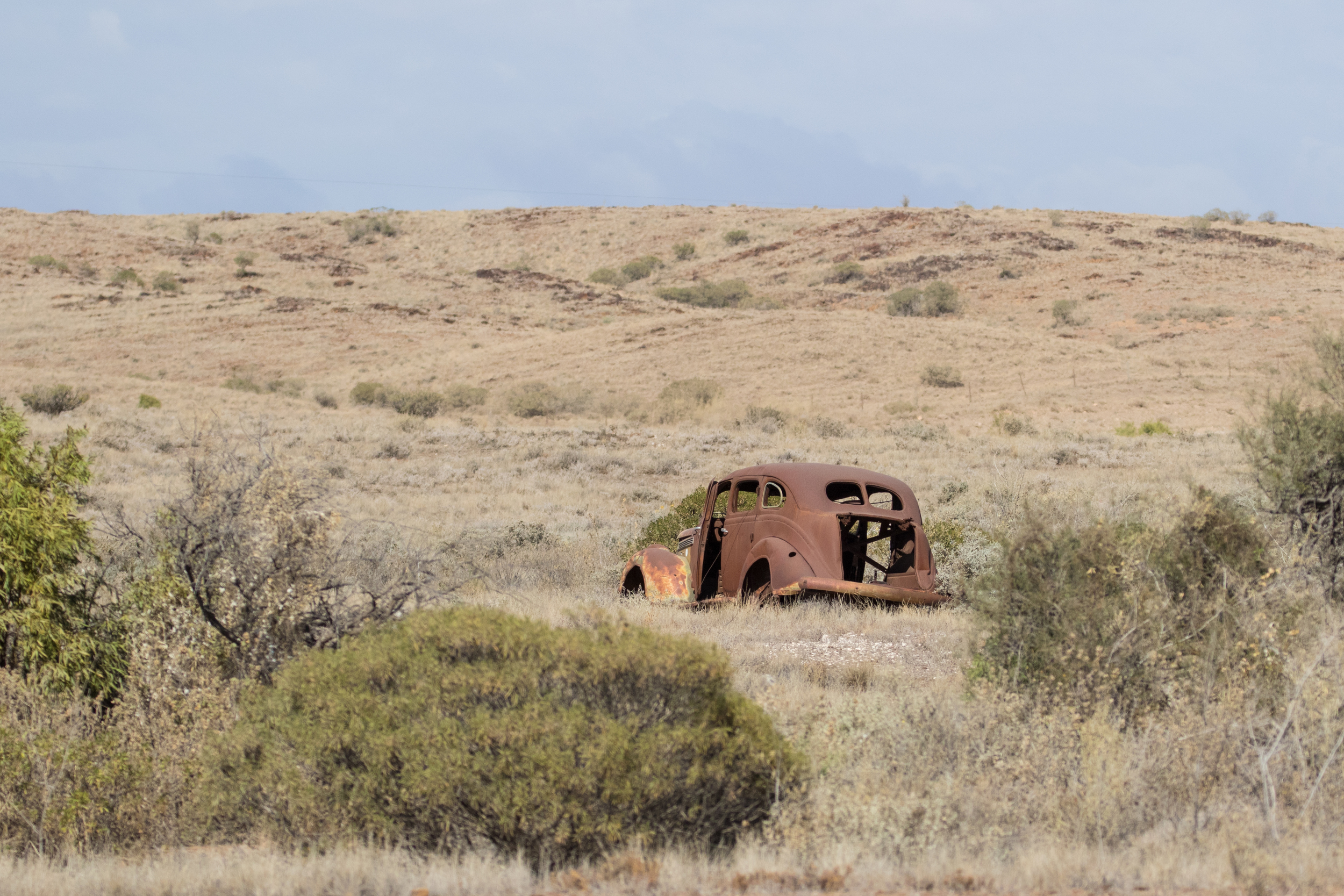
We birded the old mine site on Mt Lyndhurst Stn for a couple of hours. White-winged Triller and Hooded Robin were new for the trip, we heard a Rufous Songlark and a few flocks of Budgies screamed past. But the two specialty birds of this site, Thick-billed Grasswren and Chestnut-breasted Whiteface both eluded us (this was consistent with word from the Lyndhurst publican who, in addition to saying Inland Dotterel were not being seen on the airstrip, also said very few had reported CBWF). Neither of us needed these birds, but even so they would have rounded out the trip nicely.

Despite our dip we decided on a “Big Brekkie” at Lyndhurst café, then bombed south, now back on the bitumen, to Parachilna. Here we re-found the flock of Orange Chats and had nice views of a Chirruping Wedgebill, but it was still pretty quiet here. Afternoon tea at Arid Lands was pleasant, and birdier than 5 days earlier, but there was still no Black Honeyeater for us – a White-fronted was the best bird of a 45 min rest-stop, before we carried on to Adelaide, arriving home at about 7pm.
After a promising start at Farina it had been an anti-climactic final day, but once showered and fed I was able to reflect on a trip in which I had bagged 8 lifers (Grey Falcon, Eyrean Grasswren, Grey Grasswren, Flock Bronzewing, Gibberbird, Yellow Chat, Diamond Dove, Red-browed Paradalote), one Australian tick (White-breasted Woodswallow), and 5 state ticks (Black-breasted Buzzard, Australian Pratincole, Banded Whiteface, Little Crow, White-necked Heron), as well as a quality supporting cast that included stunners like Orange Chat, Brolga, Cinnamon Quail-thrush and Inland Dotterel. And for the first time really, I’d had a proper-job, hardcore taste of the Australian outback.


